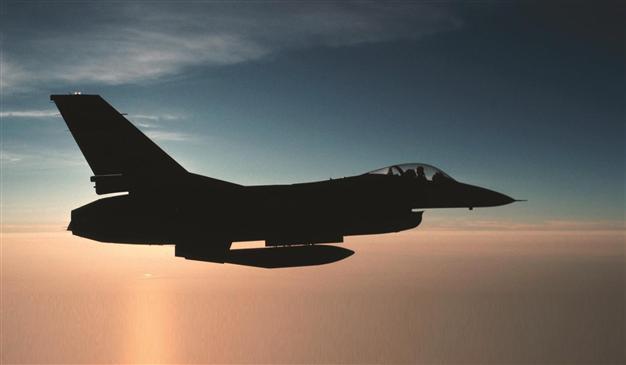New defense management ‘cooler’ to local fighter jet
BURAK BEKDİL

Developing an indigenous fighter jet seems less feasible to defense procurement managers, sources say.
Turkey’s new top defense procurement management is not as warm to the idea of designing and developing an indigenous fighter jet as it used to be, citing limits to technological capabilities.A senior defense procurement official said a new assessment of the program, dubbed the TF-X, found that several aspects of the ambition may surpass local industrial capabilities.
“The program has not yet been shelved or restructured, but it should not surprise anyone if it is,” the official said on the condition of anonymity.
Turkey’s top procurement official, İsmail Demir, who took over from Murad Bayar in April, ordered a new assessment report on the program and concluded that a 100 percent Turkish fighter jet may be too ambitious, given Turkey’s local capabilities.
One government official said Demir, head of the Undersecretary for Defense Industries (SSM), has already briefed President-elect (Prime Minister) Recep Tayyip Erdoğan about the “potential infeasibility” of the program. Turkey has long claimed it would design, develop and manufacture its own fighter jet.
Erdoğan himself has boasted that the aircraft would make its maiden flight by 2023, the republic’s centennial.
Earlier this year, Turkey requested bids from global motor companies GE, Rolls-Royce and Pratt & Whitney to present bids to power the future fighter jet.
Turkey’s aerospace industry and procurement authorities had decided to first choose a foreign-made engine for the indigenous fighter jet that the country’s local industry would develop and then finalize its design. But the new development may render the efforts for the engine suspended.
SSM had written to three engine makers — GE, Pratt & Whitney and Rolls-Royce — asking them to propose a suitable engine for the TF-X and that Ankara would most likely select an engine before the end of the year.
The decision on the engine would pave the way for the development phase of the program.
In June, Pratt & Whitney, at a high profile ceremony, inaugurated its Turkish partnership with local aviation company Kale to produce critical engine parts for the multinational F-35 (the Joint Strike Fighter). Kale Pratt & Whitney, the joint venture, will manufacture the parts of the F-135 and the engine for the F-35, at the plant in İzmir on Turkey’s Aegean coast.
Meanwhile, in May, Turkey officially decided to order the country’s first two F-35s. The order is for the first F-35A aircraft with Block-3F configuration under Low Rate Initial Production-10.
Turkey joined the multinational F-35 program as a consortium partner during the concept demonstration phase in 1999. Procurement officials say the country’s commitment to eventually acquire 100 F-35s remains.
Meanwhile, Turkish Aerospace Industries (TAI) had already finished the pre-conceptual design work and produced three draft models, one of which would become the first Turkish indigenous fighter jet.
“If Erdoğan is convinced that this is a dream project, he may order for its restructuring. A foreign partner or partners may be invited,” an industry official said.
















